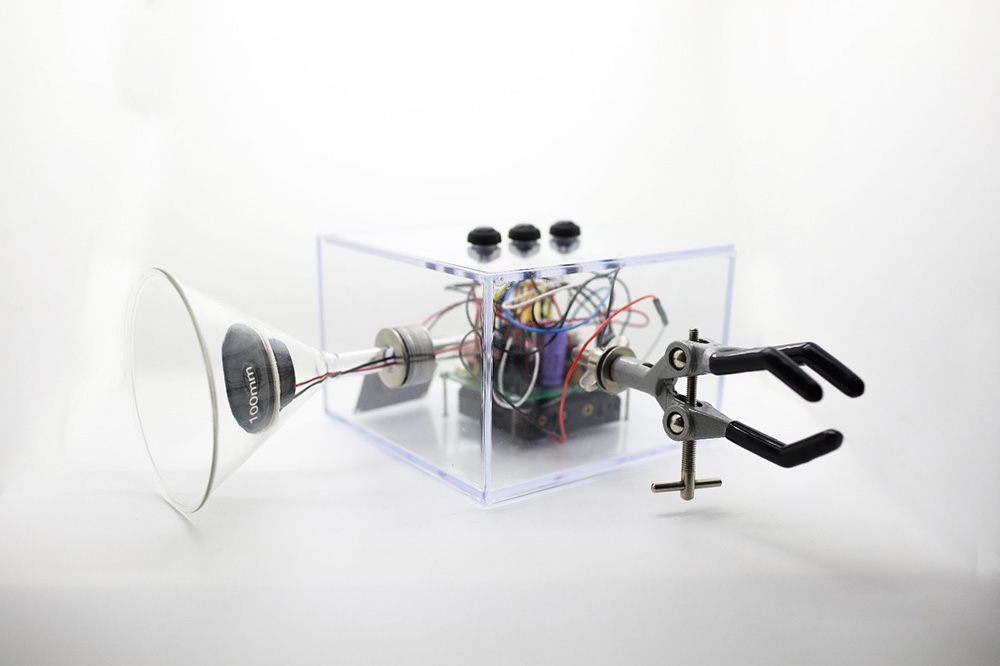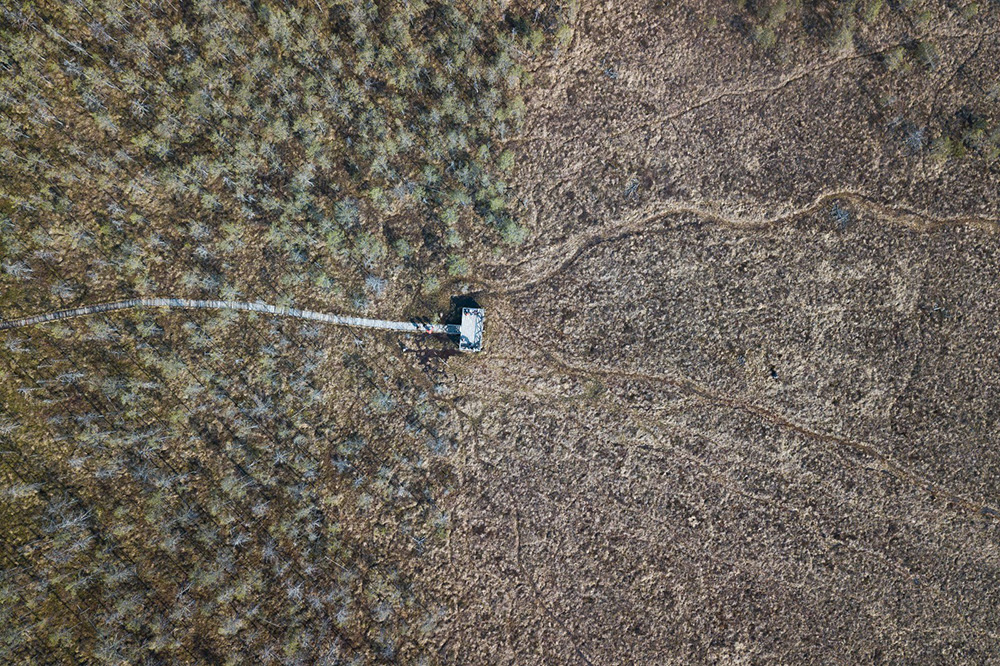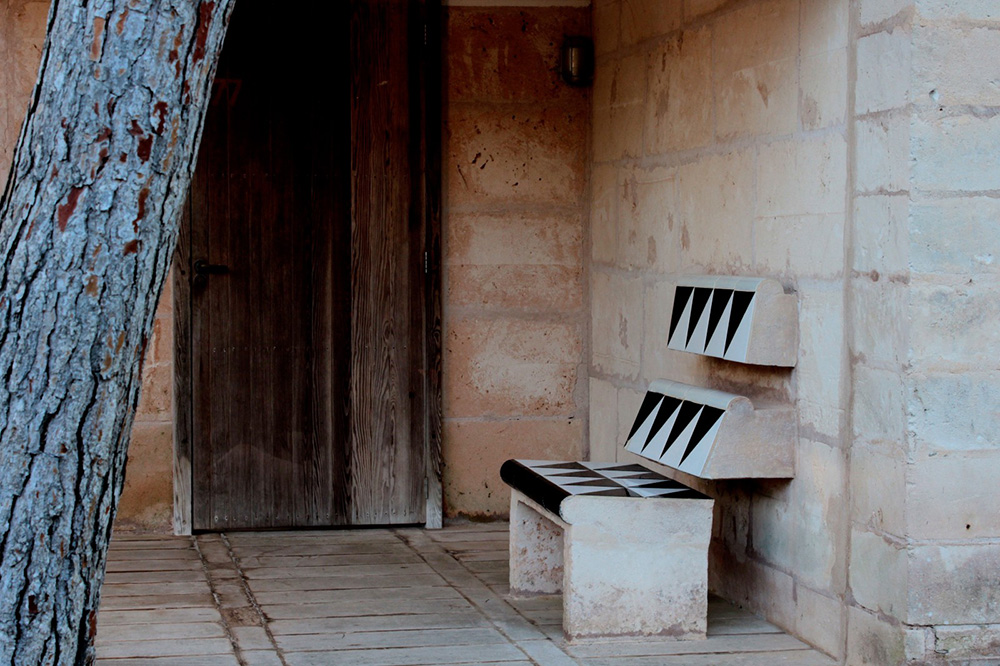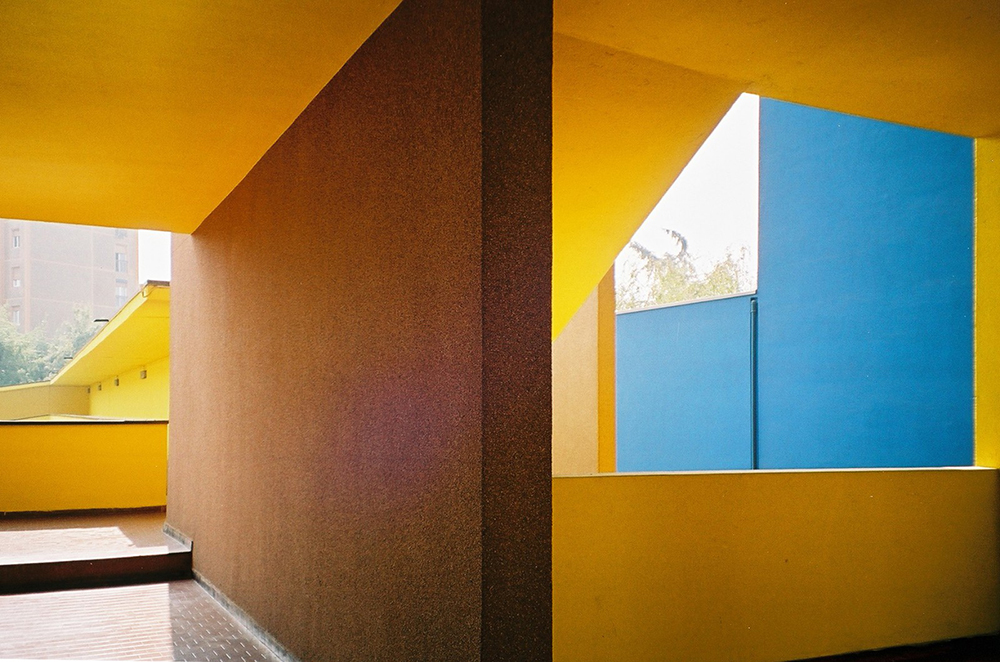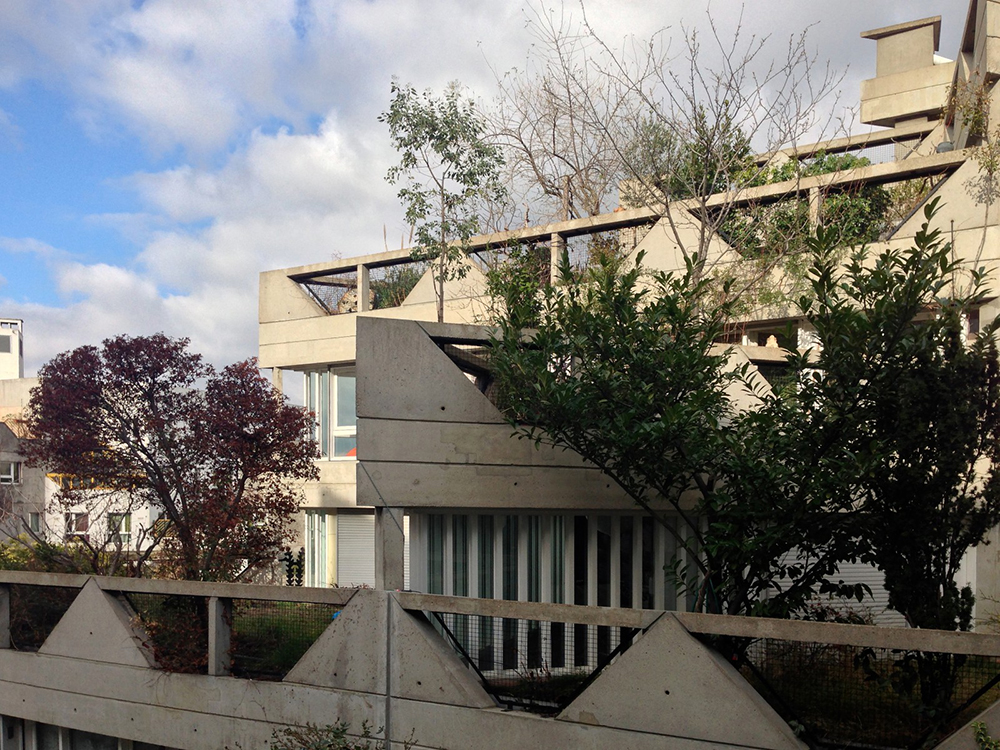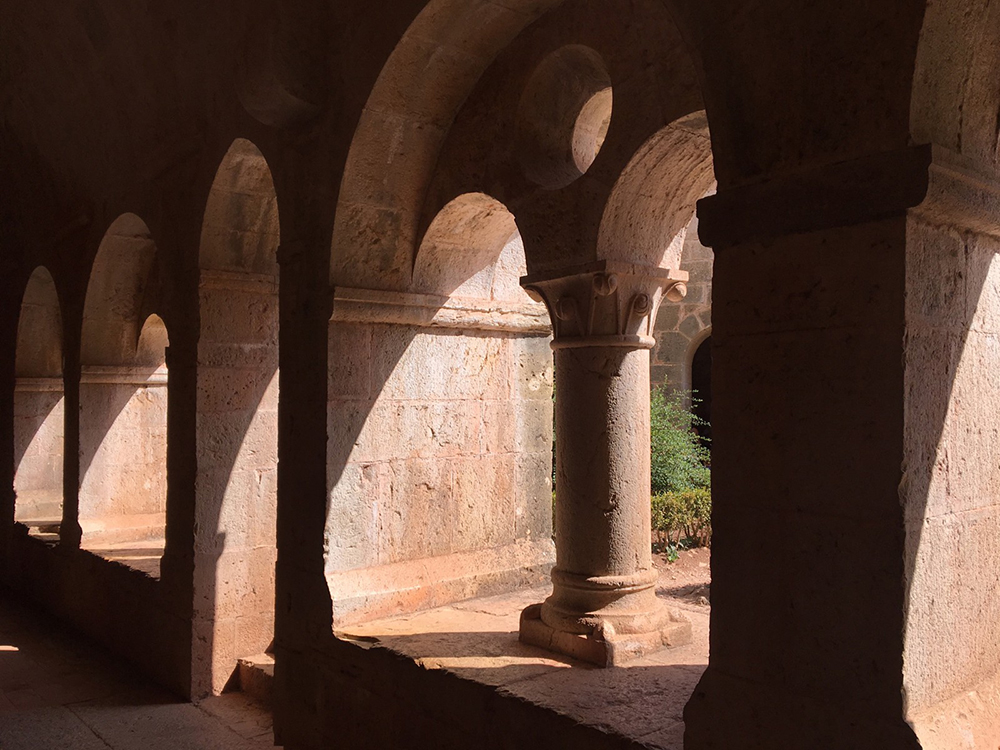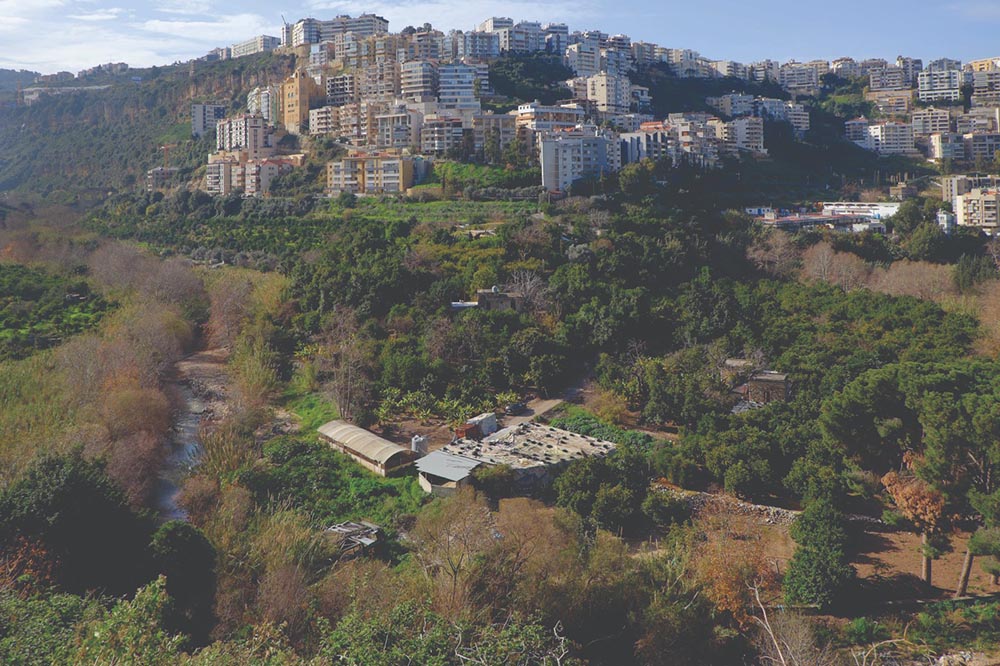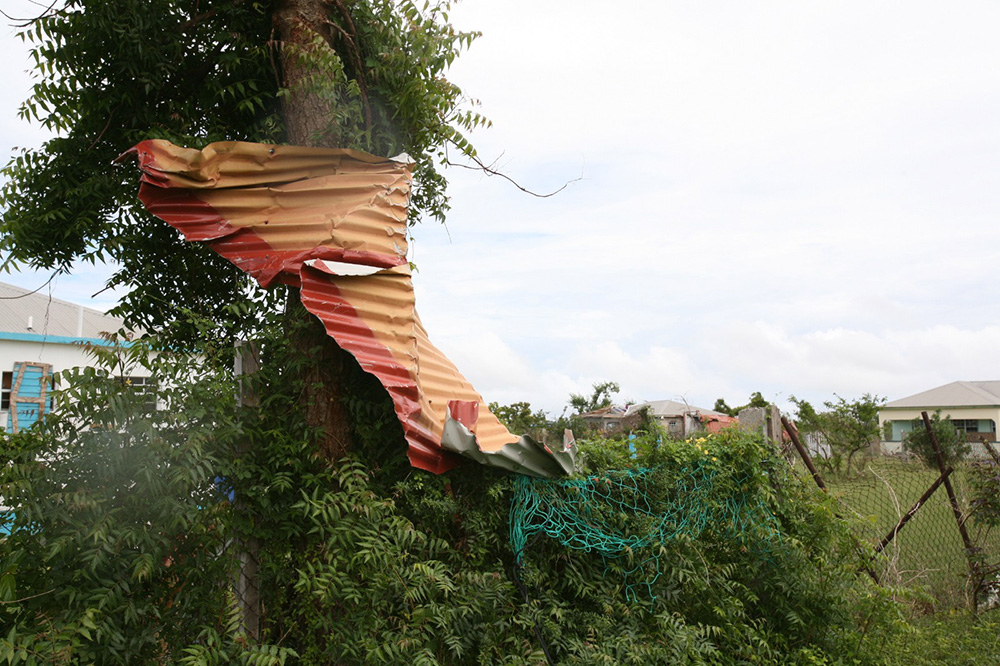BIENNALS:16th Venice Biennale of Architecture, Part II
 The Venice Biennale of Architecture history officially began in 1980 with the 1st International Architecture Exhibition in Venice, directed by Paul Portuguese. During the previous decade, architecture had begun to make way inside the Visual Arts sector. Today, the International Architecture Exhibition at the Venice Biennale is a flagship event, held every two years, alternating with the International Art Exhibition (Part I).
The Venice Biennale of Architecture history officially began in 1980 with the 1st International Architecture Exhibition in Venice, directed by Paul Portuguese. During the previous decade, architecture had begun to make way inside the Visual Arts sector. Today, the International Architecture Exhibition at the Venice Biennale is a flagship event, held every two years, alternating with the International Art Exhibition (Part I).
By Dimitris Lempesis
Photo: Venice Biennale Archive
The theme of the 16th Venice Biennale of Architecture “Freespace” looks to showcase and expand upon the idea of the generosity of architecture as a concept of spatial education. A gift for mankind that demands consideration and respect through intellect and construction. “Freespace” is thus an anthem to liberty, to the necessity to communicate, and to feel connected in the world we share. It is a celebration of thoughtfulness through the three-dimensional and an aspiration to engage with the environment around us. The Curators look at architecture as a shared spatial concept that belongs to all. Invoking this idea of generosity to stimulate “new ways of seeing the world, of inventing solutions where architecture provides for the well being and dignity of each citizen of this fragile planet”. As always, beyond the principal exhibitions, the Biennale includes the proposals from 65 participating countries, 7 of which make their debut. Within the Central Pavilion of the Giardini and the Corderie of the Arsenale, Yvonne Farrell and Shelley McNamara play the conductor to 71 projects from the artists chosen to participate in the main event: Alvaro Siza, Amateur Architetcture Studio, Atelier Peter Zumthor, Aurelio Galfetti, EMBT Studio, BIG, David Chipperfield Architects, Cino Zucchi Architetti, Diller & Scofidio + Renfro, Elemental, Estudio Carme Pinòs, SANAA, Lacaton & Vassal Architects, Maria Giuseppina Grasso Cannizzo, Paulo Mendes da Rocha, Rafael Moneo Arquitecto, Sauerbruch Hutton, Souto Moura, Studio Odile Decq, Toyo Ito & Associates. In addition to the 71 main works and 65 national pavilions, two special sections complete the lineup at the 2018 Biennale of Architecture. The first, “Close Encounter: meetings with Remarkable Projects” is a series of 16 meetings curated by contemporary designers who reinterpret famous pieces to extract further potential and transformations; the second, The Practice of Teaching is a demonstration of the importance of academia and teaching in architecture and design. The Biennale Sessions, a separate program remaining within the topic of education, has organized events dedicated to universities all over the world. Students here are invited to organize seminars, exhibitions, and roundtables to further critical debate and reflect on the themes present at the 2018 Biennale. For the third consecutive year, the Venice Biennale together with London’s Victoria & Albert Museum resent a special project in the Pavilion of Applied Arts. With “Robin Hood Gardens: A Ruin in Reverse”, by Alison and Peter Smithson, visitors are immersed in an authentic fragment of the Robin Hood Garden, a social housing project in East London from the 1970’s currently under demolition. The large fragment, which was purchased and salvaged from demolition thanks to contributions from the V&A, invite guests to reflect on the importance and potential of Brutalism. A wide range of contributions and participations that enrich the diversity of voices that characterizes La Biennale di Venezia. The third chapter of the “Across Chinese Cities” program explores approaches to planning linked to the development of ‘communities’ as mechanisms that create new systems of social, economic and spatial belonging. The exhibition presents a selection of case studies from urban as well as rural Chinese contexts based on integrated planning, and therefore on reconciliation, on policy based and community based approaches to organisation with the aims of inclusivity, empowerment and collective creativity. The new exhibition project “Borghi of Italy – NO(F)EARTHQUAKE” is dedicated to seismic preparedness, to securing the artistic and architectural heritage of Italy as well as the revitalization of the architecturally symbolic places: Italian villages. “Primal Sonic Visions” aims to awaken a sense of wonder at the new sounds and forms of energy amongst the public by the primal power and beauty of wind, solar, hydro and thermal energy sources.
Info: Curators: Yvonne Farrell and Shelley McNamara, 16th Venice Biennale of Architecture, Giardini and Arsenale, Venice, Duration 26/5-25/11/18, Days & Hours: Giardini Tue-Sun 10:00-18:00, Arsenale: Tue-Thu & Sun 10:00-18:00, Fri-Sat 10:00-20:-00 (until 29/9/18), Admission: Regular tickets: Full price: € 25, Reduced price: € 22 or € 20 , Students and/or Under 26: € 15, Formula 3: € 42 (3 visitors, at least 1 of them under 16) + € 14 for any additional visitor under 16, Adult groups: € 16, Student groups-Universities: € 14, Student groups – Secondary School: € 10 Plus tickets (valid for 2 consecutive days): Full price: € 30, Students and/or under 26: € 22, www.labiennale.org

